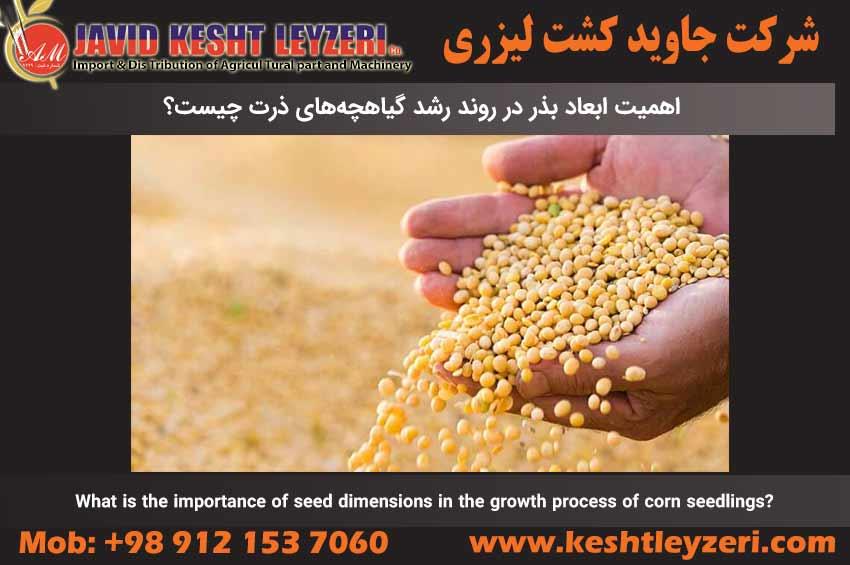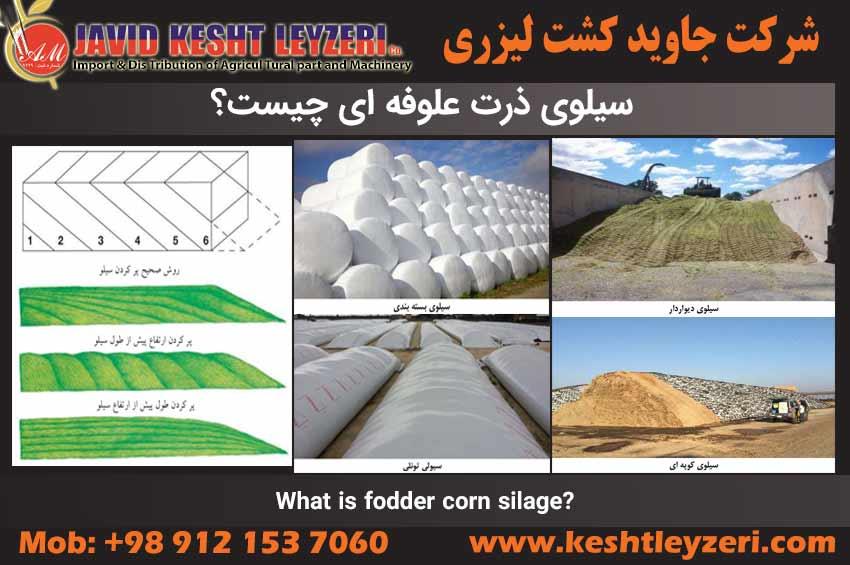- 27 Sep 2024
- 1259
Sale and shipment of KOMEL fodder packaging machine to Qom, Selfchegan customs
Today, Tuesday, 07/03/1403, loading of one ton fodder packing machine, KOMEL brand, destination Iran, Qom province, Salafchegan customs.
- 16 Mar 2024
- 1769
Sale and shipment of 500 kg KOMEL packaging machine to Iran, Shahriar Customs
To inquire about the price of the device and purchase advice, contact the sales manager of Javid Kesht Laser Company, Mr Call Mardani engineer-0912153706 (WhatsApp and ETA). Today, Friday, 12/24/1402, the loading of a 500 kg packing machine of the KOMEL brand to the destination of Iran, Shahriar Customs
- 31 Jan 2024
- 1674
Fully automatic fodder packaging machine of 1000 to 1500 kilos per trailer
The most advanced fully automatic fodder packing machine, 1000 to 1500 kg, trolley cache, with generator. Javid Kesht Company Representation of KOMEL company in Iran.
- 20 Nov 2023
- 2109
KOMEL fodder packaging machine
Javed Kesht Laser Company Representative of Komel company in Iran - producer of all kinds of fodder packing machines from 100 to 1200 kilos
- 20 Nov 2023
- 2276
700 kg fodder silage packaging machine made by komel company
Javed Kesht leyzeri Co.Ltd Representative of Komel company in Iran - producer of all kinds of fodder packing machines from 100 to 1200 kilos
- 07 Nov 2023
- 1411
What is the importance of seed dimensions in the growth process of corn seedlings?
For the proper establishment of the corn plant, it should be noted that the seeds germinate and appear uniformly. It is clear that seed shape and size (seed grading) has nothing to do with germination, seed vigor or yield.
- 05 Nov 2023
- 1625
What is the application of fodder corn silage packaging?
Silo packing fodder corn is one of the best ways to store corn for animal feed. This method makes corn not only available at any time and place, but also of higher quality. Packed silos are very uniform and uniform and prevent contamination and damage that may occur in traditional silos. Also, in terms of economy, the use of packed silos leads to a reduction in costs and an increase in livestock productivity. In short, silage packaging is an efficient solution with wide applications for the storage and use of fodder corn as animal feed.
- 05 Nov 2023
- 1348
How is silage production and consumption managed?
Animal feed and silage production have always been very important for humanity. Many of the foods we consume are produced directly or indirectly from livestock, and if the supply of these foods is not done well, we may face serious problems. Especially in cold and snowy seasons, providing fresh food for livestock faces many challenges. Therefore, various methods have been used to store animal feed since a long time ago. One of the most important methods is storing this food in the form of silage, which allows farmers to store and use a large amount of plants for livestock feed.
- 04 Nov 2023
- 1739
What are the advantages of using packaged and silage fodder corn in animal feed?
Maize is a fodder and cereal plant that is cultivated in many regions of the world. This plant has long stems and broad leaves, and its fruits are known as "Kalvan" or "Bran". Corn is used as a rich source of energy and nutrients for humans and animals and plays an important role in the production of animal feed.
- 28 Oct 2023
- 1669
What is fodder corn silage?
Corn silage is used as a high quality fodder in many dairy farms and in some fattening farms. This product is very popular due to its high performance, good digestibility, high energy and ease of adaptation to mechanized harvesting and feeding. Fodder corn can be cultivated ideally in many regions of the country as a second crop after the fall crop. Ensiling is necessary to preserve harvested forage corn. The purpose of making silos is to preserve the harvested product by anaerobic (oxygen-free) fermentation. This process uses bacteria to convert soluble carbohydrates into acetic acid and lactic acid, or "souring" the product. In a completely sealed silo, the product can be preserved for a long time without losing quality. To produce a high quality silage, it is necessary to carefully plant, store and harvest silage corn.










